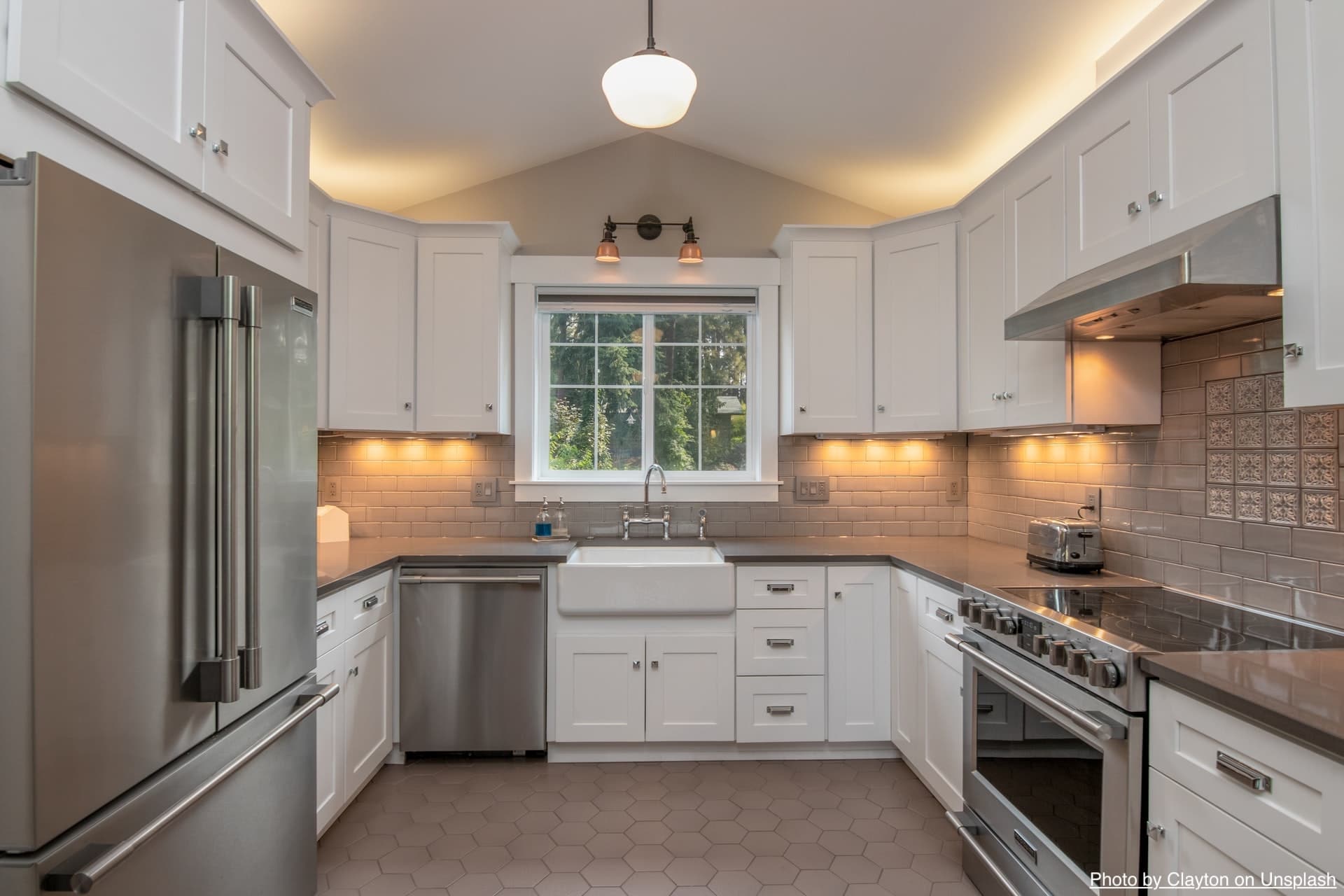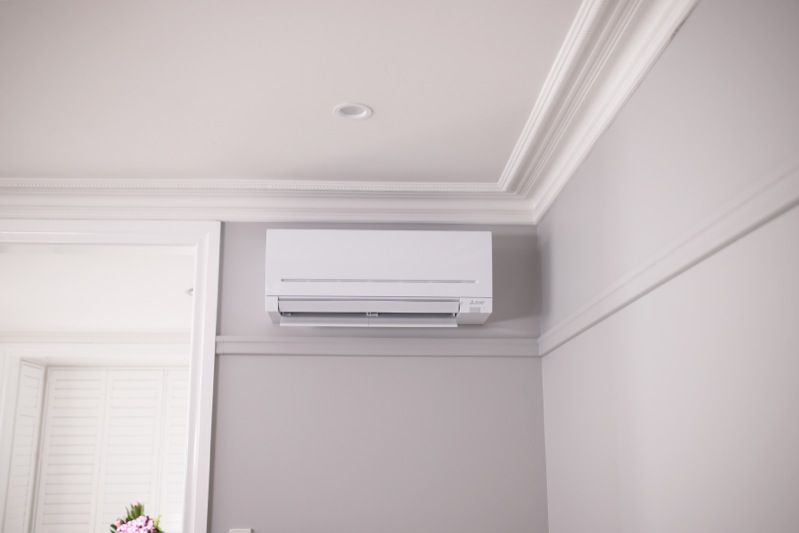Areas In The Home Where Air Leaks Can Be Sealed Off

Gaps and cracks around the home are the usual suspects when it comes to high energy bills. These little nooks and crannies can provide a pathway for air to seep through.
With proper air sealing, you not only save hundreds of dollars on monthly bills, but you can also save on heater and air-conditioning maintenance services.
Below are a few areas where you can keep things airtight.
Table of Contents
Doors and windows
An excellent place to start is the living room, where there is usually a good number of windows and doorways. Then make your way to other parts of the house like the kitchen, bedroom, and others.
If you have an old house, all the more reason to check if windows and doorways have developed gaps around the edges.
Weather-stripping is an easy way to seal off these air leakage points. There are a couple of options to choose from, like bronze and plastic weather strips. However, the downside with plastic types is that they are not very durable. So consider investing in slightly pricier but long-lasting materials.
Caulking is another standard method to seal air leaks. A caulk can either be a water-based or solvent-based compound.
Attic
Watch out for gaps around the attic hatch or pull-down stairs. This is another area where air leaks can happen frequently.
Foam weather-stripping and caulking around the attic opening or entry point usually does the trick. Alternatively, you can use an insulated hatch cover. You can find several options online or in your local hardware store.
Before you get started on attic-related work, make sure to check if you have vermiculite insulation. The latter is a potential indicator of asbestos. Contact your local health department or asbestos removal contractors for proper guidance.
Chimney
If your house has a chimney, there might be a good amount of air seeping in and out without you noticing. However, this is a slightly tricky area to seal up. It’s a potential fire hazard if the work isn’t done correctly.
Safety regulations require wood framing to be kept at a distance from brick chimneys and metal flues. The rules are by no means wrong, but they create gaps where air can flow through.

When sealing chimneys and flues, the Department of Energy highly recommends using fire-resistant materials. Look for appropriate sheet metal, sheetrock, and high-temperature silicone caulks.
Basement
The basement is another area where air leaks can be found.
Many houses have gaps where the foundation meets the house framing. Check if your home has them and make sure to caulk appropriately.
Additionally, see if your basement has pipes and ducts that pass through the walls and make their way outside of the house. Air can also seep through the tiny holes in these tubes.
Similar to the case with sealing chimneys, you should use high-temperature caulk for pipes that connect with a furnace or water heater.
Air sealing can go a long way
Air sealing is a very cost-effective way to cut down on heating and cooling costs. When used in combination with proper insulation methods, your home can be even more energy-efficient.





